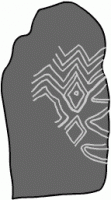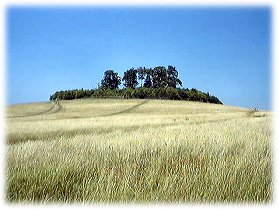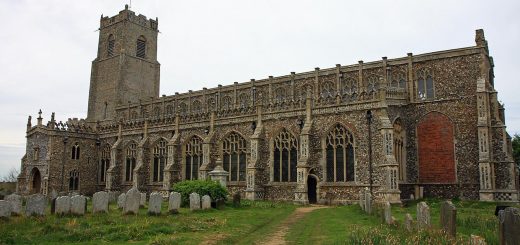Plymouth Leat (Drake’s Leat)
Following a 1585 Act of Parliament, Plymouth Leat or Drake’s Leat was built to divert water from the River Meavy on Dartmoor, seventeen and a half miles to Plymouth. The idea itself dates back to 1559 when Plymouth Corporation asked Mr Forsland of Bovey to make an initial survey for its construction, in order to create a new supply of fresh water. A more detailed survey was completed in 1576. Sir Francis Drake (Born 1540 – Died 27 January 1596) sat on the committee which oversaw the Bill when it came to Parliament in 1584.
Essentially it was a ditch measuring about 6 feet at its widest point and roughly 2 feet at the narrowest, along which the water could slowly flow. Construction began in either 1589 or 1590 and was completed on 24 April 1591. Conduits were then built from 1592 onwards to provide free water to varies areas.Three hundred years later in 1891, the upper stretches of the Leat were destroyed during the construction of the Burrator Reservoir which was built to need the water needs of Plymouths now much larger population. Only a few parts of the Leat are now still visible.
According to ‘The Legendary Lore Of The Holy Wells Of England’ by Robert Charles Hope (1893), which was wrote around the time of the Burrator Reservoir being built. ‘The source of the Plymouth leat is visited annually by the Mayor and Corporation, who there drink in water “to the pious memory of Sir Francis Drake,” and then in wine, “May the descendants of him who brought us water never want wine.” The legend runs that the inhabitants, or rather laundresses, being much inconvenienced from want of water, Sir Francis Drake called for his horse, and riding into Dartmoor, searched about until he had found a very fine spring, when he bewitched it with magical words, and, starting away at a gallop, the stream followed his horse’s heels into the town.’
Another legend associated with the Leat is that on 24 April 1591, when the Leat was opened, Sir Francis Drake rode ahead of the water on a white horse, from its source all the way to Plymouth.
Map: The map shows an area around Clearbrook where part of the Leat is still visible, though the map may not pinpoint it exactly.

![P-trick at English Wikipedia [Public domain], via Wikimedia Commons](http://www.mysteriousbritain.co.uk/wp/wp-content/uploads/2018/11/1024px-Drakes_leat_yelverton-300x225.jpg)



Re: Plymouth Leat (Drake’s Leat)
Sir Francis Drake received a 67 year lease for six waters mills along its course. During World War II the Leat was restored incase it was needed following damage to Plymouths water supply.